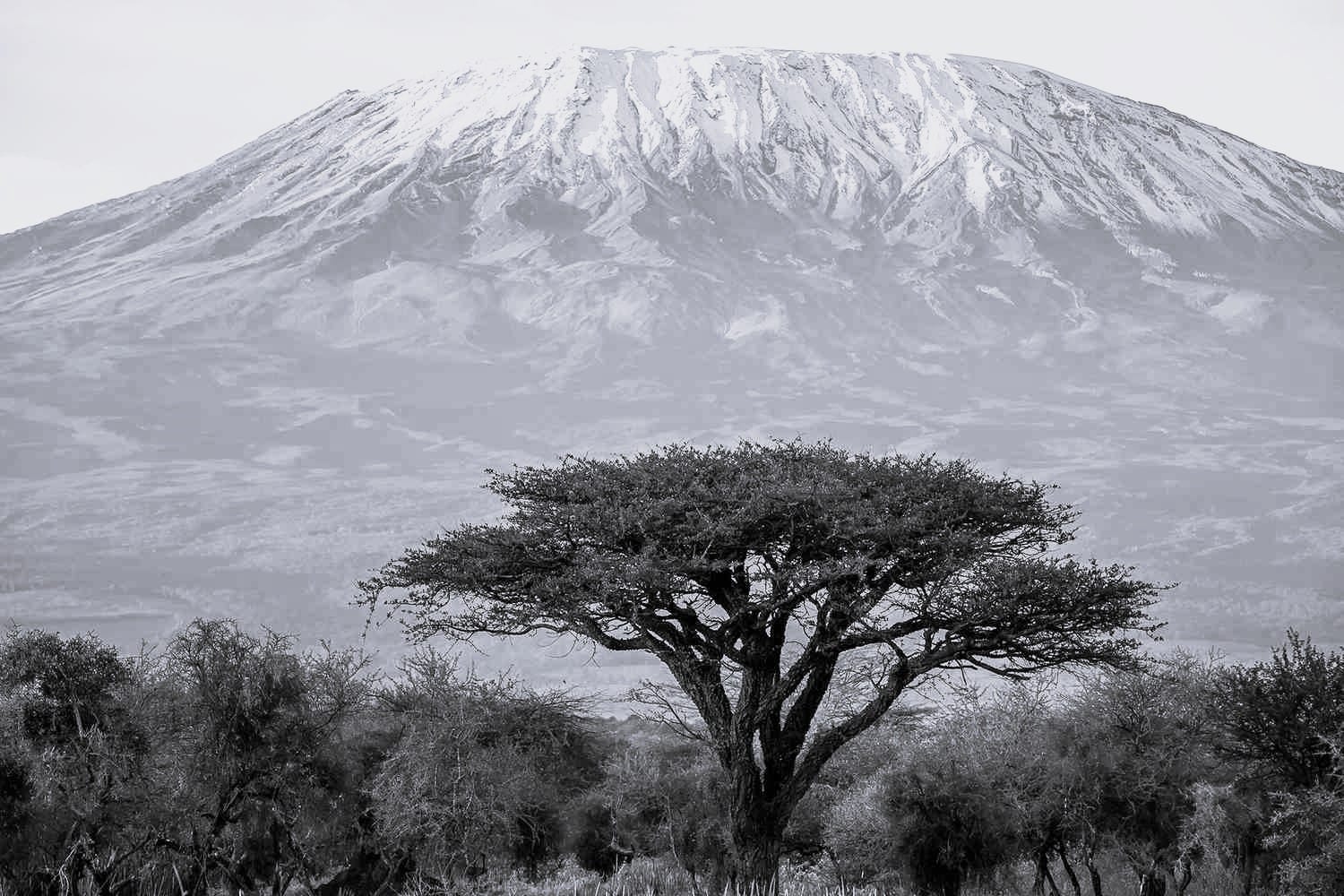The United Republic of Tanzania: A Closer Look at its Geographical Position and Influence on the World Map
The United Republic of Tanzania, located in East Africa, is a diverse and vibrant country with a rich cultural heritage and a significant role in shaping the African continent. This article aims to provide a closer look at Tanzania’s geographical position and its influence on the world map. From its strategic location to its borders with neighboring countries, Tanzania plays a crucial role in both regional and global affairs.
Geographical position of Tanzania
Tanzania is situated on the eastern coast of Africa, bordered by Kenya and Uganda to the north, Rwanda, Burundi, and the Democratic Republic of Congo to the west, and Zambia, Malawi, and Mozambique to the south. With a coastline along the Indian Ocean, Tanzania enjoys access to international trade routes, making it an important hub for commerce and transportation.
Tanzania’s influence on the world map
Tanzania’s geographical position grants it a unique influence on the world map. As a gateway to East Africa, it serves as a key entry point for international trade and commerce. The ports of Dar es Salaam and Zanzibar are vital in facilitating the movement of goods and connecting Tanzania to the global economy. Furthermore, Tanzania’s participation in international organizations such as the United Nations and the African Union amplifies its voice on global issues and enables it to contribute to shaping the world’s political landscape.
Tanzania’s borders and neighboring countries
Tanzania shares borders with eight countries, making it a crucial player in regional affairs. Its northern border with Kenya is marked by the picturesque Mount Kilimanjaro, the highest peak in Africa, attracting adventurers and mountain climbers from around the world. The western border with the Democratic Republic of Congo is defined by Lake Tanganyika, the second deepest freshwater lake globally, and Lake Victoria, the largest tropical lake in the world. These natural borders not only contribute to Tanzania’s geographical significance but also foster cultural exchange and economic cooperation with its neighboring countries.
Tanzania’s geographical features and landmarks

Tanzania boasts an array of geographical features and landmarks that shape its identity and attract visitors from all corners of the globe. From the vast Serengeti National Park, known for its annual wildebeest migration, to the stunning Ngorongoro Conservation Area, home to the Ngorongoro Crater, a UNESCO World Heritage Site, Tanzania is a treasure trove of natural wonders. The country also encompasses the magnificent Mount Kilimanjaro, attracting hikers and adventurers seeking to conquer Africa’s highest peak. With such diverse and awe-inspiring landscapes, Tanzania’s geography is undoubtedly a significant factor in its appeal to tourists and nature enthusiasts.
Tanzania’s role in African politics and diplomacy
Tanzania has played a vital role in African politics and diplomacy since gaining independence in 1961. Its first President, Julius Nyerere, was a prominent figure in the Pan-African movement, advocating for unity and cooperation among African nations. Tanzania has been actively involved in mediating conflicts, promoting peacekeeping efforts, and supporting economic development across the continent. Its commitment to regional integration is evident through its participation in organizations like the East African Community and the Southern African Development Community. As a result, Tanzania continues to be a key player in shaping Africa’s political landscape.
Tanzania’s economic significance
Tanzania’s geographical position and abundant natural resources have contributed to its economic significance in the region. The country boasts vast reserves of minerals, including gold, diamonds, and natural gas, which have attracted foreign investment and fueled economic growth. Agriculture also plays a crucial role in Tanzania’s economy, with the country being one of the largest producers of coffee, tea, and tobacco in Africa. Additionally, Tanzania’s tourism sector is flourishing, thanks to its diverse wildlife, stunning landscapes, and cultural heritage. These factors combined make Tanzania an attractive destination for investors and contribute to its economic influence on the world stage.
Tanzania’s cultural diversity and heritage

Tanzania is home to more than 120 ethnic groups, each with its own distinct cultural traditions and languages. This cultural diversity is a testament to the country’s rich heritage and has shaped its vibrant arts, music, and cuisine. From the Maasai people with their distinct red shuka robes and intricate beadwork to the Swahili culture prevalent along the coast, Tanzania’s cultural tapestry is a source of pride and fascination. The preservation and celebration of this diversity contribute to Tanzania’s global cultural influence and provide visitors with a unique experience of African traditions.
Tourism in Tanzania
Tanzania’s natural beauty and cultural heritage make it a prime destination for tourists from around the world. The Serengeti National Park, with its world-renowned wildlife and the annual Great Migration, attracts safari enthusiasts and nature lovers. The Zanzibar Archipelago, with its pristine beaches and historical Stone Town, offers a tropical paradise for beachgoers and history enthusiasts alike. Mount Kilimanjaro stands as a beacon for adventure seekers, while the archaeological site of Olduvai Gorge presents a glimpse into the origins of humanity. Whether exploring the national parks, diving in the Indian Ocean, or immersing oneself in the local culture, Tanzania offers a plethora of experiences that leave a lasting impression on visitors.
Tanzania’s place on the world map
In conclusion, the United Republic of Tanzania’s geographical position, cultural diversity, and economic significance place it firmly on the world map. From its strategic location as an international trade hub to its role in African politics and diplomacy, Tanzania continues to shape and influence the global landscape. Its natural wonders and cultural heritage make it a sought-after destination for tourists, further solidifying its place on the world stage. As Tanzania continues to develop and grow, it will undoubtedly remain a key player in Africa and the world, contributing to a brighter future for the United Republic of Tanzania and the African continent as a whole.
































